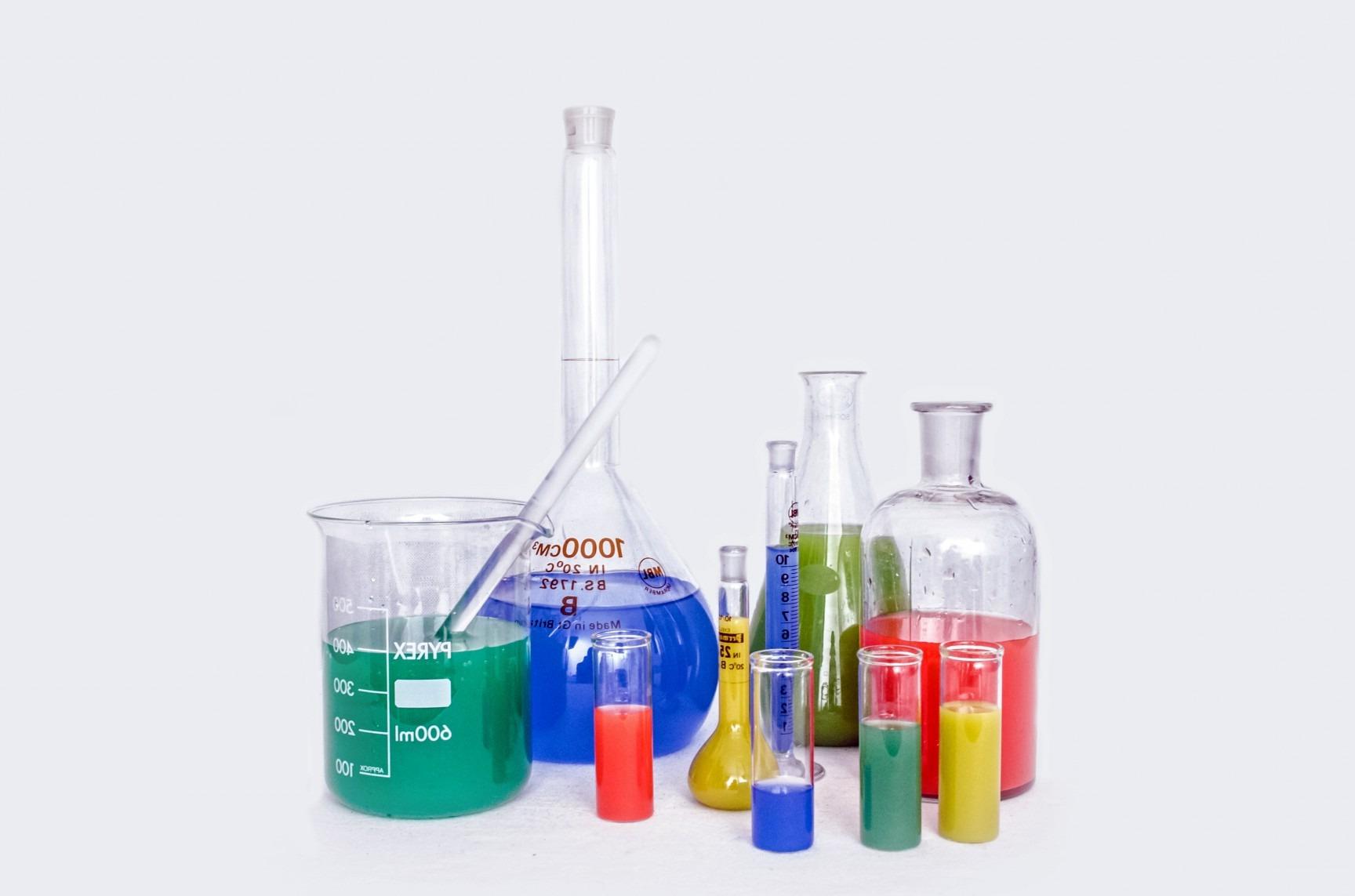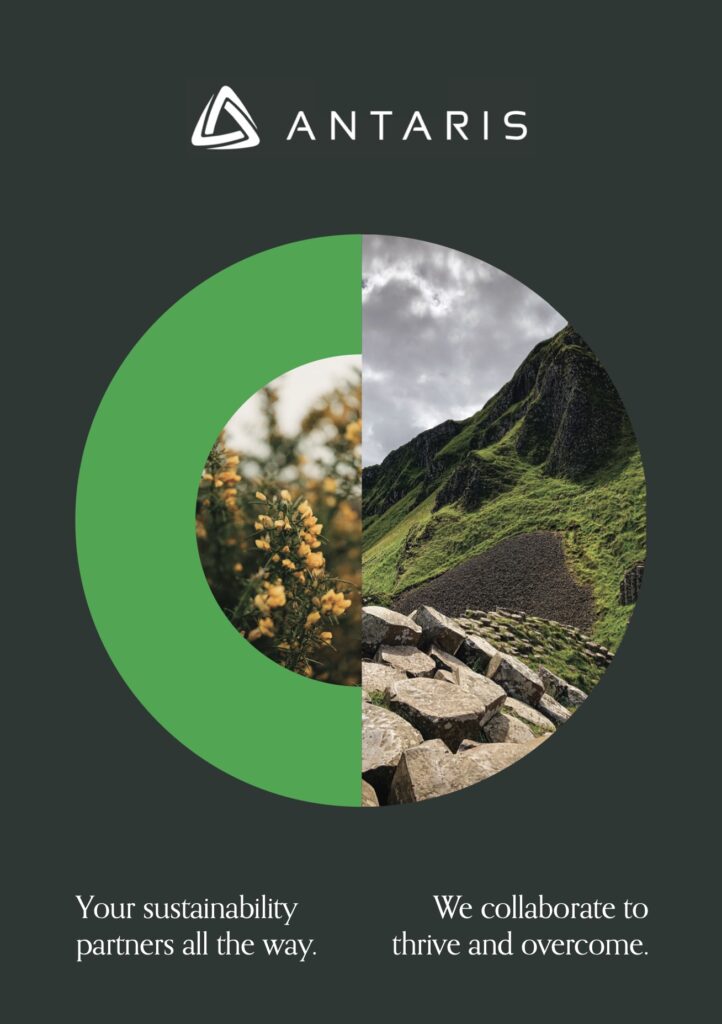PFAS – Polyfluoralkyl substances
Background
The per-and polyfluoroalkyl substances (PFAS) are a group of chemicals used to make fluoropolymer coatings and products that resist heat, oil, stains, grease, and water. We previously reported on the prevalence of persistent organic pollutants and PBT (persistent bioaccumulative and toxic) substances in commonly used firefighting foams. The main culprits being PFOS and PFOA. PFOS is classified as a PBT substance and PFOA as a POP. Exposure to POPs can lead to serious health effects including certain cancers and reproductive disorders, damage to the nervous and immune systems, and impacts on normal infant and child development. POPs can be transported across international boundaries far from their sources, even to regions where they have never been either used or produced. There are, however, other common materials that contain similar substances which fall into the same category, i.e. polyfluoroalkyl substances, or PFAS.
Exposure
There is very little good news about PFAS unfortunately. They can be found in drinking water, food, food packaging, cleaning products and cosmetics. Common products containing PFAS also include fast-food packaging, microwave popcorn bags, plastic bottles, non-stick cookware, coatings for clothes, carpets and furniture. Many years ago I learned that the carbon-fluorine bond was an extremely stable bond, which makes fluoro-carbon polymers very stable, heat resistant, and strong. Teflon (from DuPont) is a polyfluorinated polymer (polytetrafluoroethylene). Unfortunately, this also means that fluorinated compounds which are toxic and environmentally damaging are also strongly stable (with apologies to Teresa May), and do not readily decompose in the environment.
What can we do?
Fluorine-free AFFFs are available so that should eventually solve one problem. The prevalence of perfluoroalkyl substances in food and water systems will be much more difficult to address. There is evidence and research which demonstrate that PFAS has a potentially significant negative impact on multi-organs and systems in the human body. The bottom line may be that we will have to wait until these substances are gradually removed from use and in the meantime avoid obvious sources. Traditional water filtration systems available for home use are unlikely to be of much use as the compounds involved are extremely small and in a form that will evade capture.
References:
The European Union (Persistent Organic Pollutants) Regulations 2020








